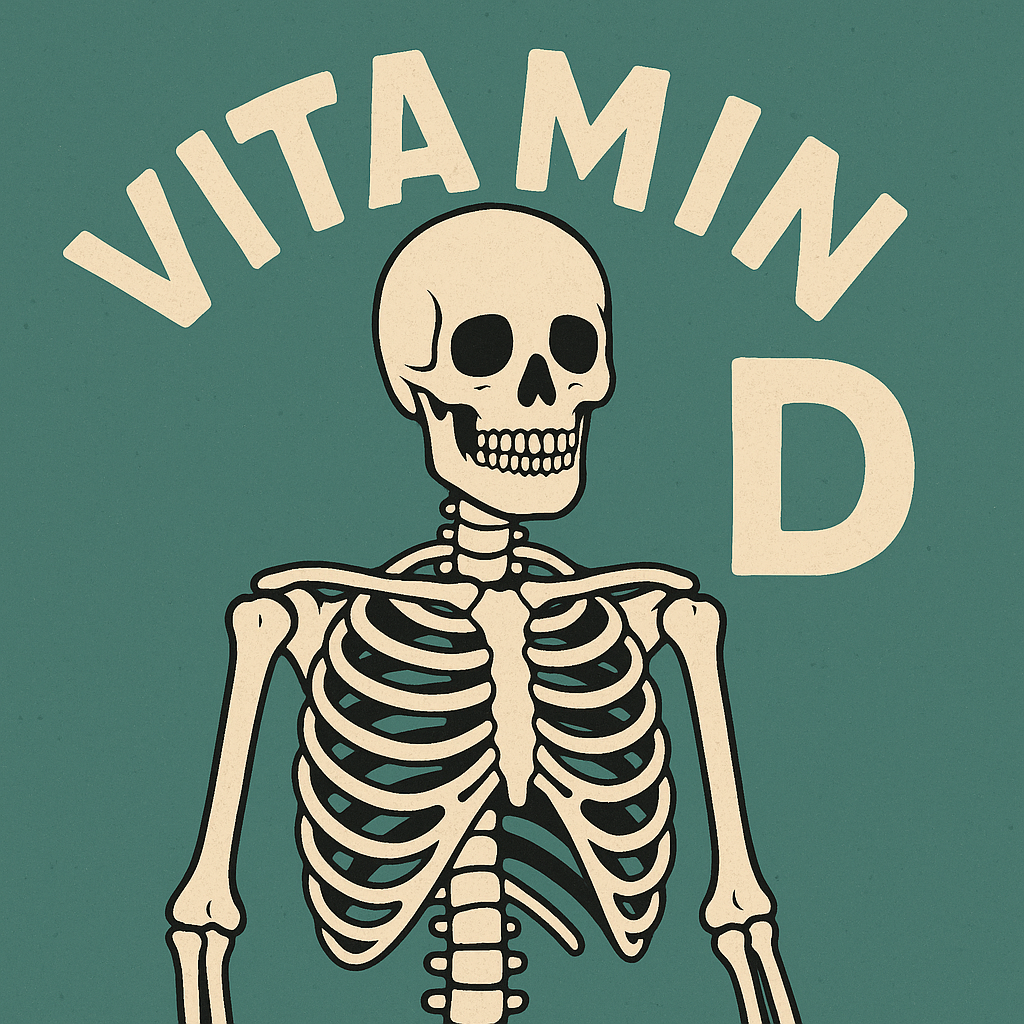How Vitamin D Affects Osteoporosis

How Vitamin D Affects Osteoporosis
When we think about bone health, most people immediately think of calcium. While calcium is certainly important, it’s only one part of the equation. One of the most critical nutrients for maintaining strong bones and preventing osteoporosis is vitamin D. At Sheen Vein & Cosmetics in St. Louis, we often see patients struggling with fatigue, chronic pain, or fractures, only to find that a vitamin D deficiency is silently undermining their bone health.
What Is Osteoporosis?
Osteoporosis is a condition where bones become thin, brittle, and prone to fracture. It’s often called a “silent disease” because bone loss happens gradually and without obvious symptoms until a fracture occurs. The most common sites are the hip, wrist, and spine.
Bone is a living tissue, constantly being broken down and rebuilt. Osteoporosis develops when bone breakdown (resorption) outpaces bone formation, leaving bones weak and porous.
Why Vitamin D Is Essential for Bone Health
Vitamin D plays a central role in the way your body uses calcium and phosphorus—the two key minerals that form the structure of bones. Without adequate vitamin D:
- Calcium Absorption Decreases
Even if you take in enough calcium through food or supplements, your gut cannot properly absorb it without vitamin D. This leaves bones under-mineralized and weak. - Bone Remodeling Slows Down
Vitamin D stimulates the cells that build bone (osteoblasts) and helps regulate bone turnover. Deficiency disrupts this process and accelerates bone loss. - Parathyroid Hormone Increases
Low vitamin D leads to higher parathyroid hormone (PTH) levels, which draw calcium out of bones to keep blood calcium stable—further weakening bone density.
The Link Between Vitamin D Deficiency and Osteoporosis
Research consistently shows that people with low vitamin D levels are at higher risk for osteoporosis and fractures. In fact, vitamin D deficiency is widespread in the U.S., particularly among older adults, people with limited sun exposure, and those with darker skin tones.
In our St. Louis practice, we frequently see vitamin D deficiency as a hidden contributor to bone loss. Patients often don’t know they are deficient until we test their levels. By the time osteoporosis develops, it’s much harder to reverse, making early detection and prevention critical.
How Much Vitamin D Do You Need?
The recommended daily intake of vitamin D varies by age, health status, and exposure to sunlight. For many adults, 1,000–2,000 IU per day is necessary to maintain healthy blood levels, but some people require more, especially if they have absorption issues or live in northern climates with long winters.
At Sheen Vein & Cosmetics, we don’t guess—we test. By measuring your vitamin D (25-hydroxy vitamin D) level, we can tailor supplementation to your individual needs and monitor your response.
Food and Lifestyle Sources of Vitamin D
There are three main ways to get vitamin D:
- Sunlight
When your skin is exposed to UVB rays, it produces vitamin D naturally. However, sunscreen, limited outdoor time, and winter months all reduce this production. - Food Sources
Fatty fish (like salmon, mackerel, and sardines), egg yolks, and fortified dairy products provide modest amounts of vitamin D. - Supplements
For many patients, supplementation is necessary to achieve and maintain optimal levels. We often recommend vitamin D3 (cholecalciferol), as it is more effective at raising blood levels than D2.
Vitamin D and Comprehensive Osteoporosis Care
While vitamin D is critical, it’s only part of a comprehensive osteoporosis strategy. At Sheen Vein & Cosmetics, we also evaluate:
- Calcium intake – making sure it’s balanced with magnesium and vitamin K2 for proper absorption.
- Hormonal health – since estrogen, testosterone, and thyroid function directly influence bone density.
- Lifestyle factors – including exercise, smoking, alcohol intake, and gut health, which affect nutrient absorption.
We also incorporate functional medicine testing to uncover nutrient deficiencies, inflammation, and hormonal imbalances that may be accelerating bone loss. For patients who need additional support, we offer regenerative and lifestyle-based strategies alongside conventional therapies.
👉 Read our blog on how to strengthen your bones and eliminate osteoporosis
Practical Tips for Protecting Your Bones
If you’re concerned about osteoporosis, here are simple steps you can take today:
- Get your vitamin D level tested and supplement as needed.
- Include calcium-rich foods such as leafy greens, almonds, and dairy.
- Add weight-bearing exercise (walking, resistance training, yoga) to stimulate bone strength.
- Limit processed foods and sodas, which can increase calcium loss.
- Avoid smoking and excessive alcohol, which both accelerate bone breakdown.
Take Action for Your Bone Health
Osteoporosis may be silent, but it is not inevitable. By ensuring adequate vitamin D and addressing the broader root causes of bone loss, you can maintain stronger, healthier bones for years to come.
At Sheen Vein & Cosmetics in St. Louis, we use a functional medicine approach to identify and treat nutrient deficiencies, hormone imbalances, and lifestyle factors that contribute to osteoporosis. Our goal is not just to prevent fractures but to help you stay active, strong, and independent.
👉 Learn more about our functional medicine services
👉 Schedule your consultation today